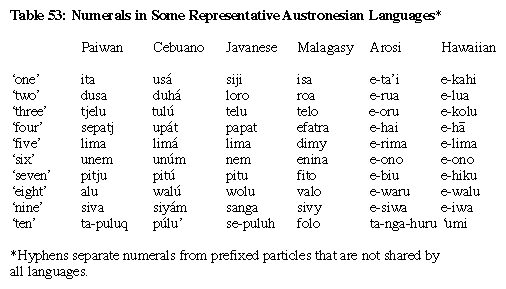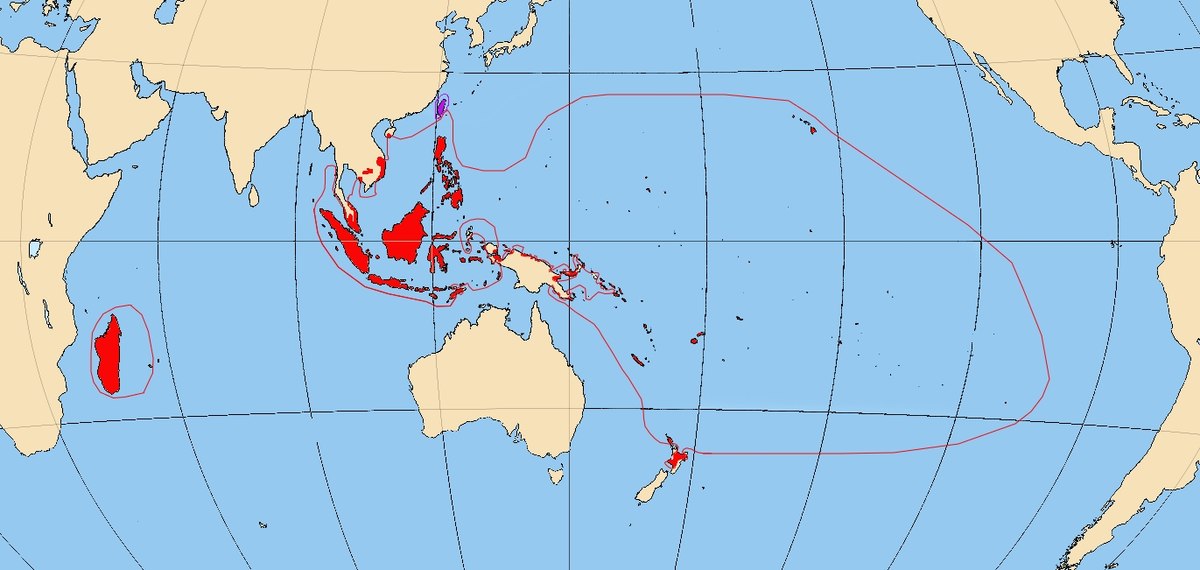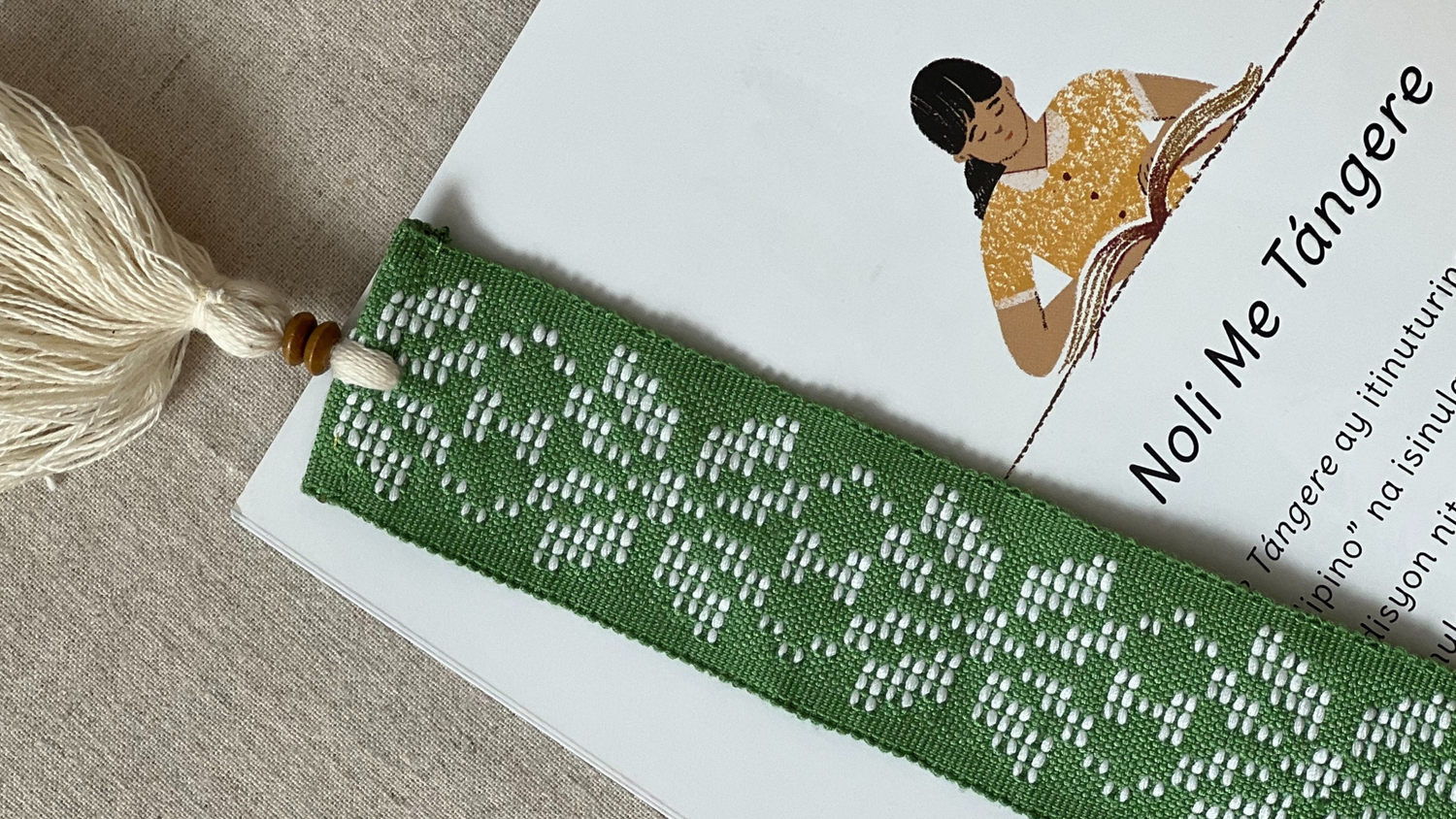By Jan Lois
If you’ve ever had the opportunity to travel in multiple Southeast Asian countries, then you might be familiar with how there are words in one country that mean the same in another. There are some variations in spelling and pronunciation but they are similar enough for someone to tell that they are from the same language family. Read on to learn a great example of a word that has the same meaning in several Austronesian languages. Hint: You can find this word in the title of this article!
As an archipelago having more than 7,000 islands, it is easy to imagine how different communities have developed their own languages and dialects. Filipino or Pilipino remains to be widely spoken in the bigger part of the country as the national language and lingua franca. It is the standardized variety of the Tagalog language that is highly influenced by other languages in the Austronesian region. It is also the first language for more than 28 million people and the second language for about 45 million.
Before we dive into the five things you should know about the Filipino language, let’s talk about what the word “five” is called in Austronesian languages. Malay, Indonesian, Tetun and Kemak (both spoken in the Island of Timor) and Filipino all have the same word for it - “lima.” Who knows, this word might come in handy on your next visit to Southeast Asia.

Now, here are five things you should know about the Filipino language and its Austronesian roots.
The Pre-Colonial Filipino Language
According to historians, some 5,000 to 6,000 years ago, groups of people from Indonesia and Malaysia arrived in the islands of the Philippines to be its first settlers. Both of these countries belong to the Austronesian region and they brought with them their own cultures, traditions as well as languages. This is how the story of the Filipino languages started. Over the years, other influences made their own contributions to its evolution but the roots of Filipino language will always be traced back to its Austronesian heritage.

Austronesian Sibling Language Map by Imprints of Philippine Science
Baybayin is an old writing system that Filipinos started to use sometime in the 14th century. This proves that Filipinos, before the Spanish occupation, were not illiterate. In fact, this writing system is so rich and widely used that it evolved into forms of Tagbanwa script of Palawan, Hanuno’o, and Buhid scripts of Mindoro. These made a big impact in creating modern scripts that both the Kapampangan and Palaw’an people use.
 Mangyan Script on Bamboo, Collection of Fletcher Gardner stored at the Library of Congress, Washington D.C., taken by. E. Catapang
Mangyan Script on Bamboo, Collection of Fletcher Gardner stored at the Library of Congress, Washington D.C., taken by. E. Catapang
The Influence of Austronesia
While the Filipino language has been highly influenced by its Austronesian roots, it is still considered as a little more distant to the original Austronesia language family compared to its Indonesian, Malay, and Timor Island counterparts. This is mainly because of the many other explorers that made their own influences on the Filipino language. This includes traders from China, colonizers from Europe and North America, and voyagers from other continents.
(Note: Additional reading number one is a good article to learn more about this subject.)
The Role of the Spaniards
For more than three centuries, three hundred thirty-three years to be exact, Spain colonized the Philippines. This is more than enough time to make a lasting impact on the culture of a people, particularly on their language. During the Spanish occupation, the locals adapted hundreds of Spanish words that later became a part of the Filipino language. Some everyday Filipino words that were borrowed from Spanish are:
“Gusto” - like or want
“Kusina” - meaning kitchen
“Kotse” - car
“Trabaho” - job or work
“Oras” - hour or time
The list goes on!
Philippine Languages and How They Reflect Our Cultural Diversity
There are more than 170 known languages in the Philippines including Bikol, Cebuano, Hiligaynon (Ilonggo), Ilocano, Kapampangan, Pangasinan, Tagalog, and Waray. All of these languages, with the exception of Spanish-based creole language Chavacano, belong to the Austronesian language family.
It is astounding to know that even though the Philippines is divided into different communities and ethnicities, it is united by the fact that its languages came from the same influence. This is reflective of the diverse cultural heritage of the Philippines and how its people are united in sharing our unique Filipino values of “bayanihan” or cooperative undertaking, generosity, and resilience. This can be considered as one of the greatest “pamana” or heritage of the older generations to the youth.
 Philippine Language Relations Map by Imprints of Philippine Science
Philippine Language Relations Map by Imprints of Philippine Science
How Austronesian Roots Helped Shape Filipino Languages Today
The Austronesian language family is the backbone of Filipino languages. It is undeniable that geographic proximity played a crucial role in its evolution. Despite the infusion of cultures from Western colonizers, it is still the words from the Malay ancestry of early Filipinos that proved to be the strongest influence that shaped Filipino to be the unique, diverse, rich, and continuously flourishing language that it is today.
Additional reading:
https://linguistics.byu.edu/classes/Ling450ch/reports/filipino.html
https://www.britannica.com/topic/Austronesian-languages
https://imphscience.wordpress.com/2013/10/15/philippine-language-relations-in-a-map/




 Mangyan Script on Bamboo, Collection of Fletcher Gardner stored at the Library of Congress, Washington D.C., taken by. E. Catapang
Mangyan Script on Bamboo, Collection of Fletcher Gardner stored at the Library of Congress, Washington D.C., taken by. E. Catapang Philippine Language Relations Map by
Philippine Language Relations Map by 

